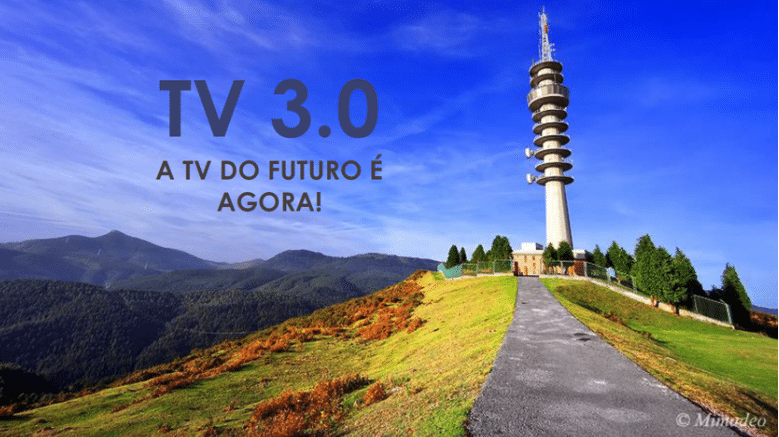- About
- Members
- Sponsors
- Subcommittees
- About Our Subcommittees
- Technology Group 3
- Implementation Team 1 – Advanced Emergency Information
- Implementation Team 2 – India
- Implementation Team 3 – ATSC 3.0 Conformance
- Implementation Team 4 – Brazil
- Implementation Team 5 – Tower Network
- Implementation Team 7 – Caribbean
- Implementation Team 8 – Automotive
- Planning Team 4 – Future Broadcast Ecosystem Technologies
- Planning Team 5 – Automotive Applications
- Planning Team 6 – Global Recognition of ATSC 3.0
- Planning Team 9 – Sustainability
- Technical Documents
- News
- Events
- Spotlight ATSC 3.0
- Contact Us
- Member Login
- Member Meetings
- Advanced Search
Search Site
Member Links
- About
- Members
- Sponsors
- Subcommittees
- About Our Subcommittees
- Technology Group 3
- Implementation Team 1 – Advanced Emergency Information
- Implementation Team 2 – India
- Implementation Team 3 – ATSC 3.0 Conformance
- Implementation Team 4 – Brazil
- Implementation Team 5 – Tower Network
- Implementation Team 7 – Caribbean
- Implementation Team 8 – Automotive
- Planning Team 4 – Future Broadcast Ecosystem Technologies
- Planning Team 5 – Automotive Applications
- Planning Team 6 – Global Recognition of ATSC 3.0
- Planning Team 9 – Sustainability
- Technical Documents
- News
- Events
- Spotlight ATSC 3.0
- Contact Us
- Member Login
- Member Meetings
- Advanced Search
SPOTLIGHT: BRAZIL – The Road to ATSC 3.0 Runs Through Rio
Posted on October 1, 2018 in ATSC News
Early trials of Next Gen TV in Brazil show the promise of ATSC 3.0 for South America with historic 4K Ultra HD broadcasts of the 2018 World Cup. In Rio de Janeiro, live Next Gen TV broadcasts of World Cup soccer highlighted the superior picture and sound capabilities of ATSC 3.0, including 4K Ultra HD images and immersive Dolby Atmos sound.
The country’s biggest broadcaster, TV Globo, has built a “test bed environment based on the ATSC 3.0 ecosystem to promote new media consumption experiences,” according to Paulo Henrique Castro, the network’s transmission technology director.
The experimental World Cup transmission integrated broadcast and broadband services. For instance, viewers could choose various camera angles. Three additional cameras fed content of the same match over the Internet, synced with the over-the-air transmission.
Using ATSC 3.0 layered-division multiplexing, TV Globo broadcast a core layer of 1080 HD at 6 megabits-per-second and an enhanced layer of 4k HDR at 22 Mbps. In addition, TV Globo experimented with addressable advertising using three user profiles.
Following the successful World Cup ATSC 3.0 trials, TV Globo has been continuing field testing, including scalable video coding demonstrations in cooperation with ATEME and ETRI, Castro explained.
Signals are being transmitted over the air from Rio de Janeiro’s main station in Sumaré Hills using the ATSC 3.0 standard on channel 30 (569 MHz) alternating between a 400-watt Rhode & Schwartz exciter and a 100W NEC exciter.
At the SET Broadcast Conference in São Paulo, where McKenzie University also is experimenting with ATSC 3.0, Castro thanked partners providing equipment, technology solutions and support including, DigiCap, ATEME, Panasonic, Sharp, Rohde & Schwarz, Dolby, Yamaha, and others.
“It has been a great experience for us and a technology showcase to introduce Brazil to Next Gen TV and lay the foundation to start working on our standard in the years ahead,” Castro said.
Posted in ATSC News
News Categories
News Archives
Subscribe
Subscribe to The Standard, our monthly newsletter. Learn More
Join ATSC
ATSC is a membership organization with both voting and observer categories. Voting members include corporations, nonprofit organizations, and government entities, and they participate actively in the work of ATSC. Observers are individuals or entities not eligible to be a voting member.
Subscribe to our Newsletter
Subscribe to The Standard, our monthly newsletter, to stay up-to-date with ATSC news and events around the world.
Site Links
Contact Us
Advanced Television Systems Committee, Inc.
1300 I Street NW, Suite 400E
Washington, DC 20005
Do you have questions about ATSC?
About ATSC
The Advanced Television Systems Committee, Inc., is an international, non-profit organization developing voluntary standards and recommended practices for digital terrestrial broadcasting. ATSC member organizations represent the broadcast, broadcast equipment, motion picture, consumer electronics, computer, cable, satellite, and semiconductor industries. ATSC also develops digital terrestrial broadcasting implementation strategies and supports educational activities on ATSC standards.
© 2024 ATSC










































